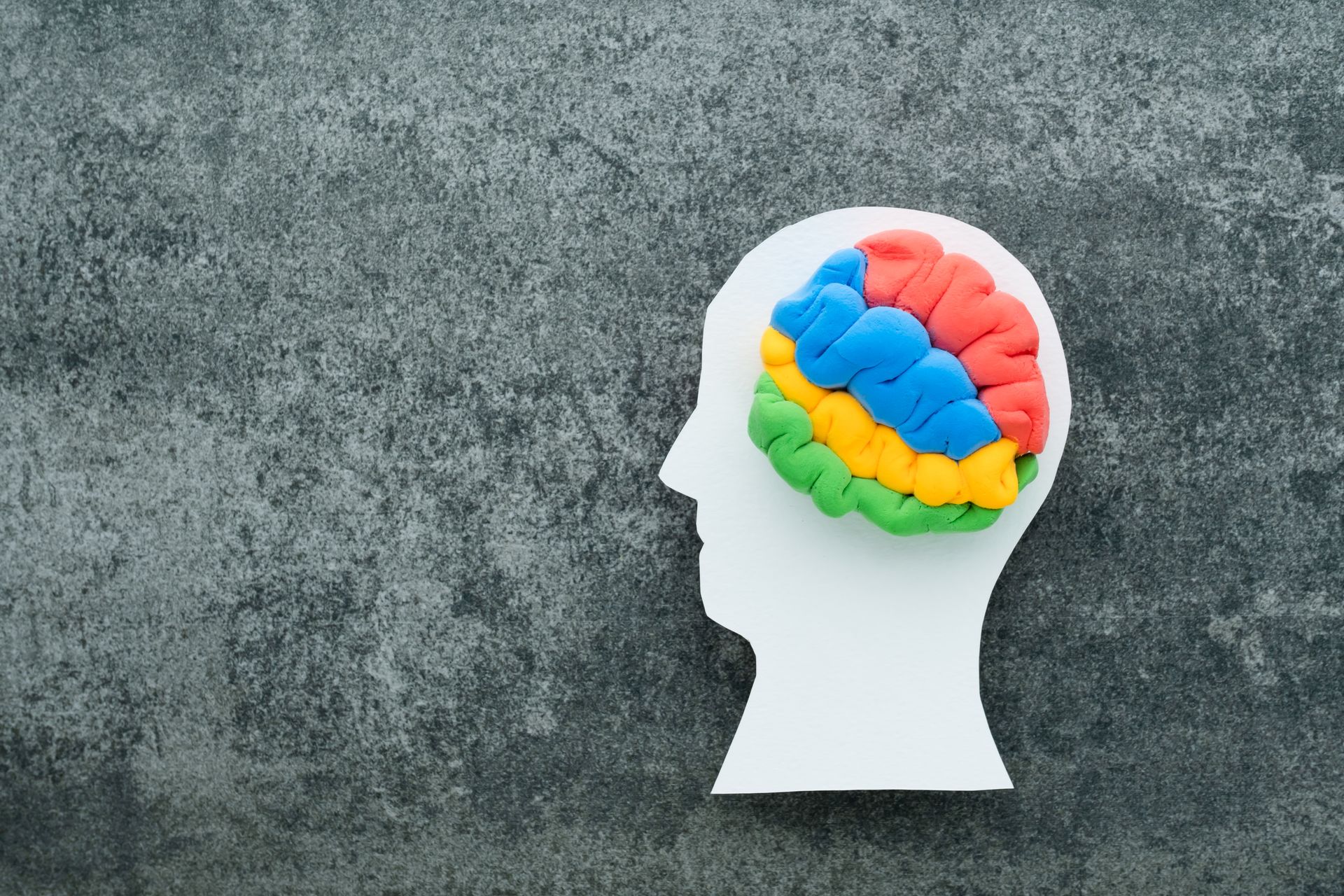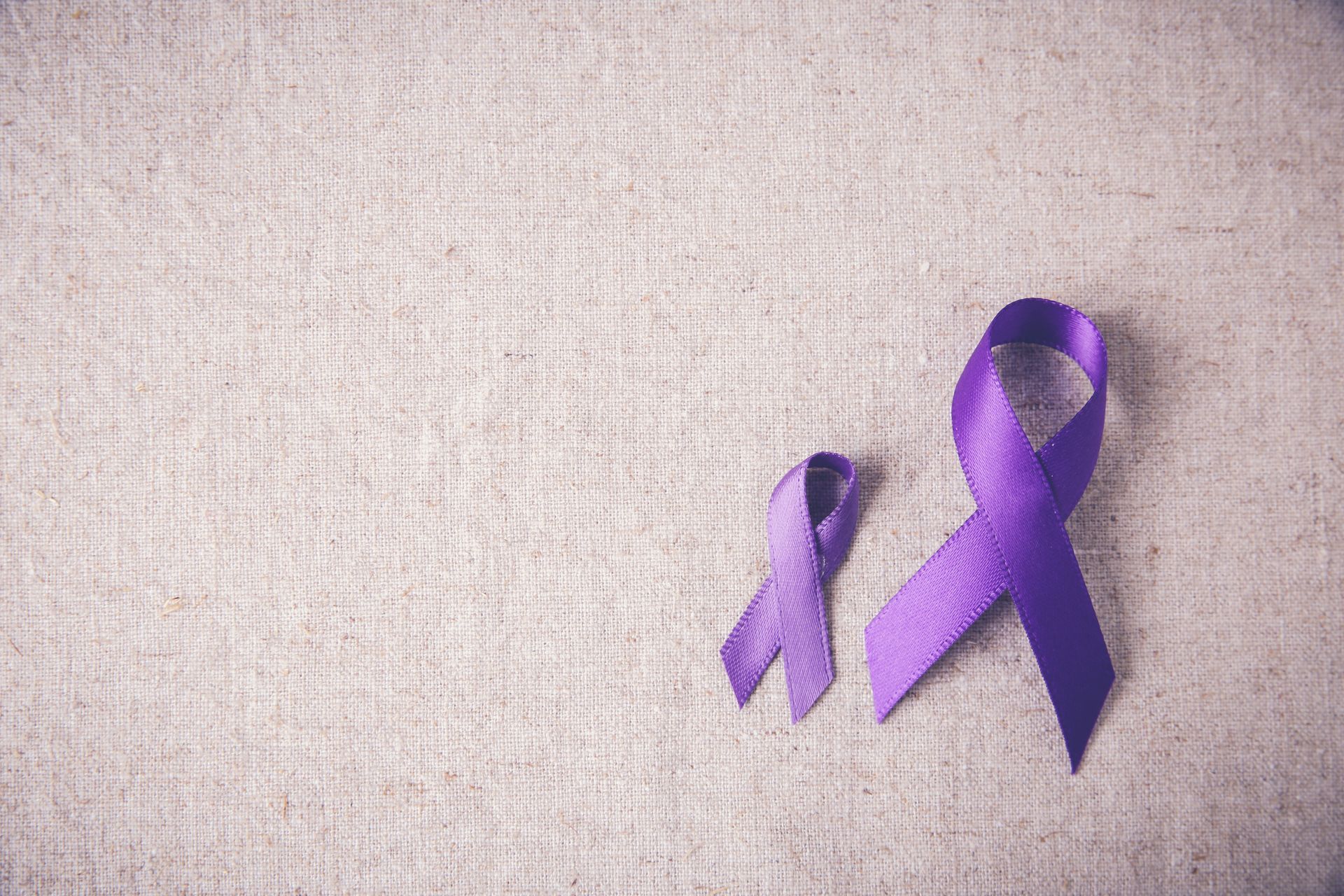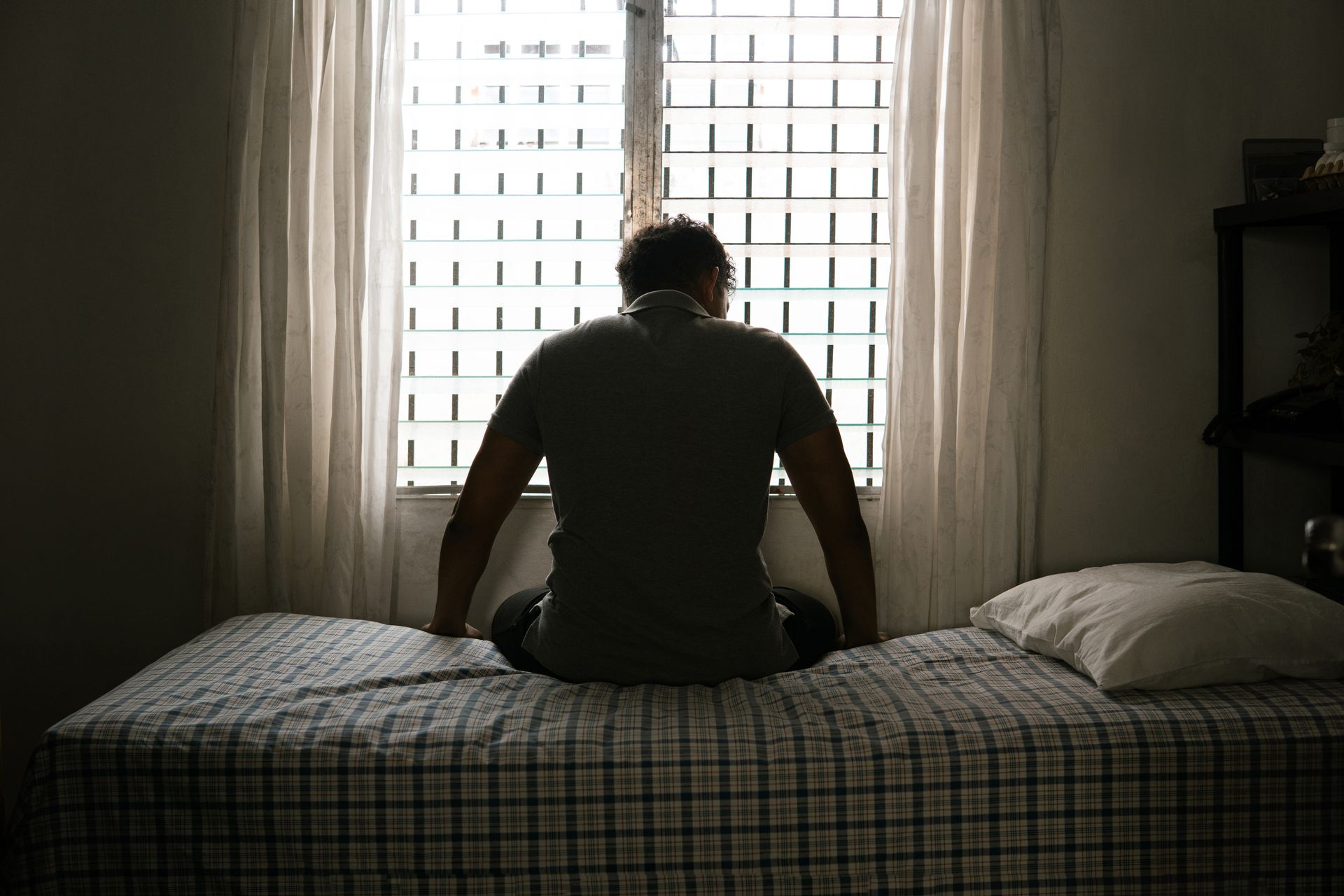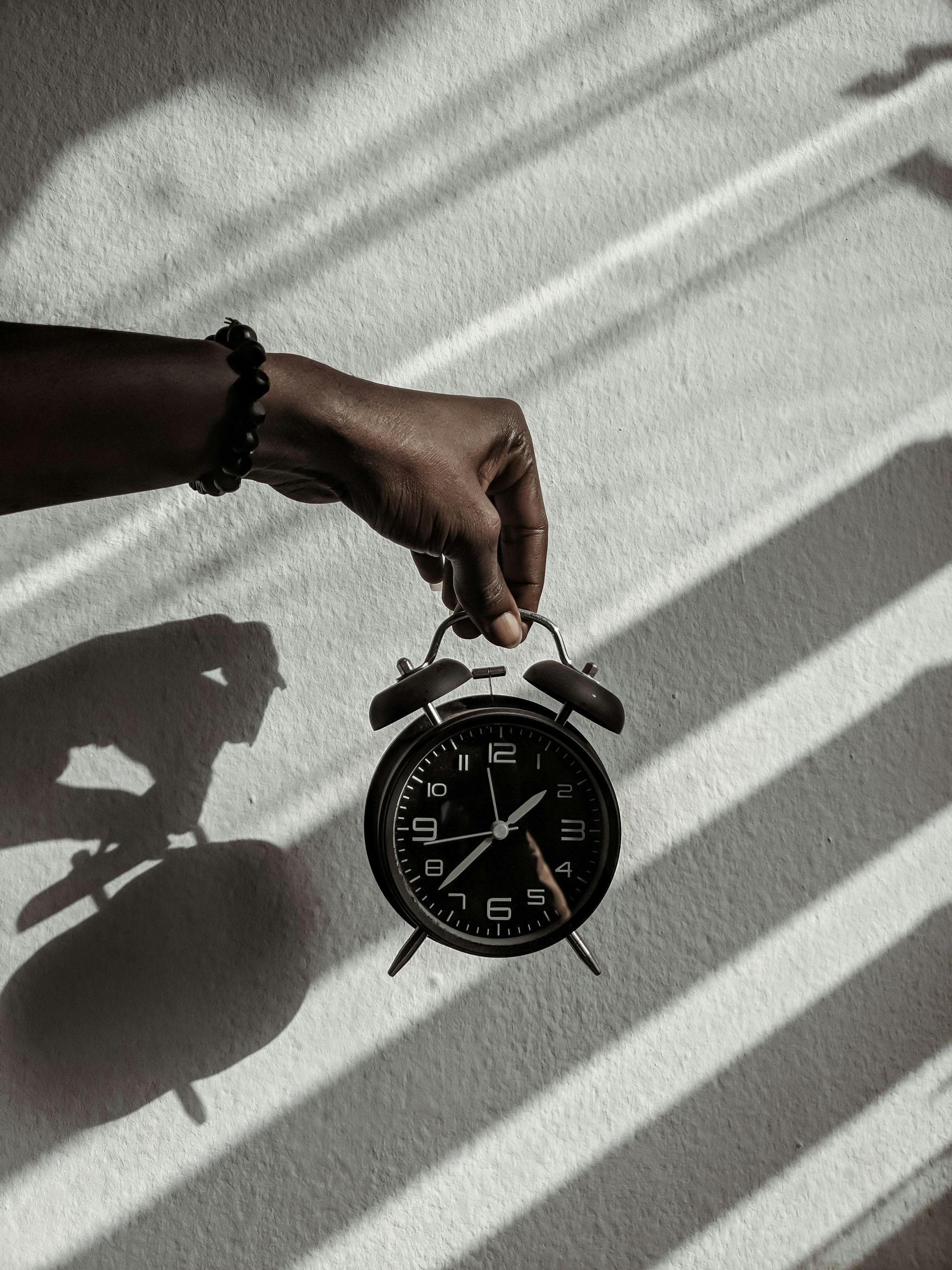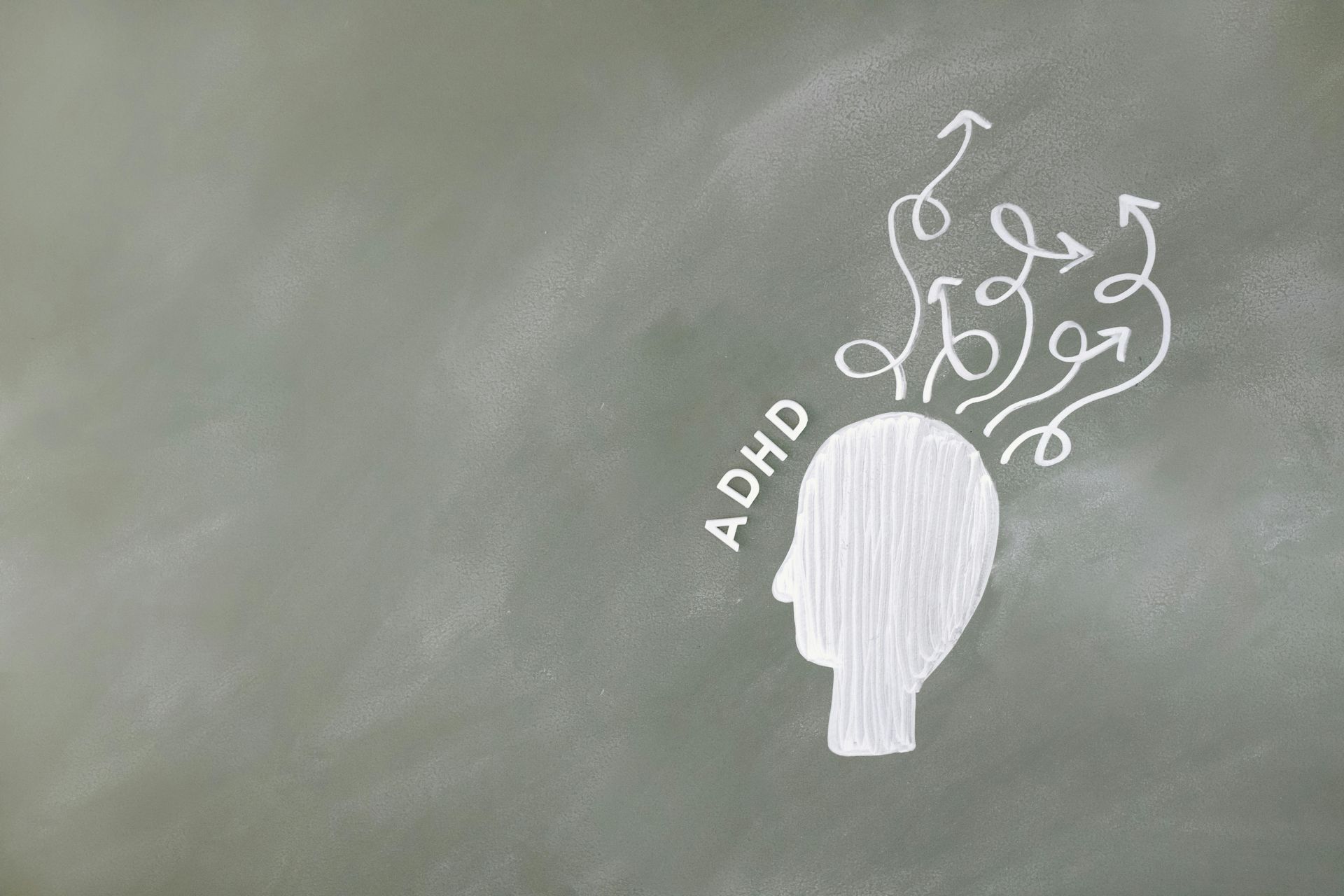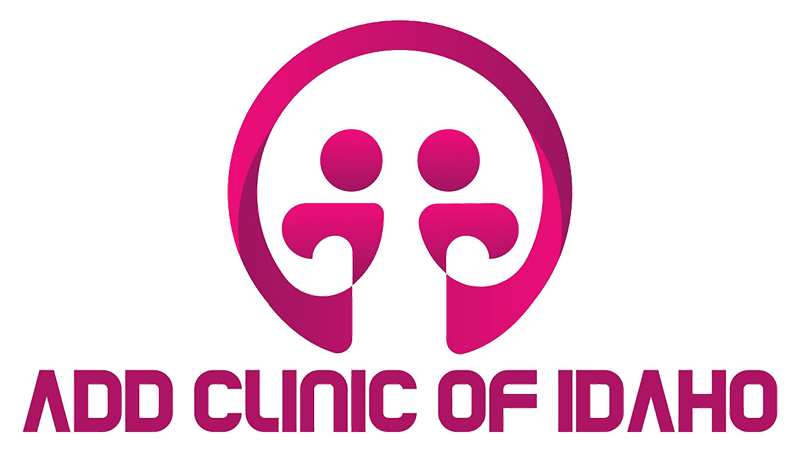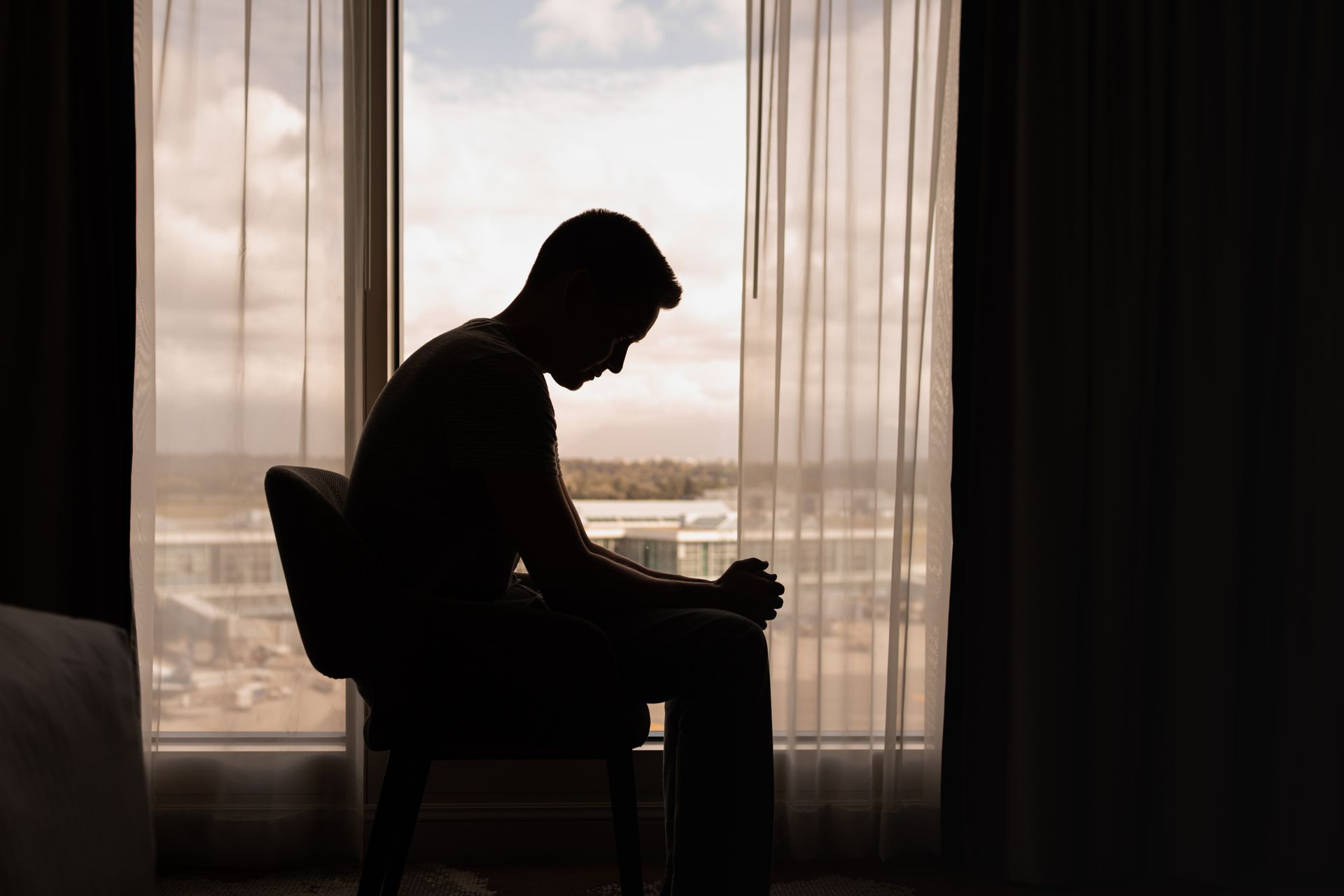A new national report from Mental Health America places Idaho 48th overall for mental health, reflecting a combination of high need and limited access to care. The ranking comes from MHA’s annual State of Mental Health in America analysis, which aggregates 17 indicators spanning prevalence, insurance coverage, youth depression, and provider availability. Mental Health America Local coverage confirms Idaho’s position in this year’s release. KBOI
Rankings are not destiny—but they do spotlight gaps Idahoans experience every day: long waitlists, workforce shortages, and rural access hurdles. MHA’s framework helps explain why states can fall behind even when communities work hard: it measures both how many people are struggling and how easy it is to get timely, affordable care. Mental Health America
If you or someone you love needs support, here are practical steps you can take today:
- Start with one conversation. Talk to your primary care clinician about mood, sleep, anxiety, or substance use. Ask for a screening (PHQ-9 for depression, GAD-7 for anxiety) and referrals that fit your location and insurance.
- Use fast, free crisis support. Call or text 988 to reach the Suicide & Crisis Lifeline. They can de-escalate, connect you to local resources, and advise loved ones on how to help.
- Ask for access options. Many practices can shorten waits with telehealth, group therapy, collaborative care (therapy + meds coordinated with your PCP), or interim check-ins with nurses/behavioral health coaches.
- Clarify coverage. Contact your health plan for in-network therapists and psychiatrists; ask about telehealth, out-of-network benefits, and any cost-sharing. If you’re uninsured or underinsured, request sliding-scale or charity rates from clinics.
- Lean on supports you trust. Tell a friend or family member, or connect with community groups and faith communities. Bring someone to appointments if that feels helpful.
- Keep a simple plan. Write down your top 3 coping tools (walk, breathe, call a friend), your provider’s number, and 988. Put it in your phone notes.
Idaho’s ranking is a call to action—for policymakers and health systems, yes, but also for each of us to normalize care-seeking and help one another navigate to support. When people get the right care at the right time, outcomes improve—and so do communities.
